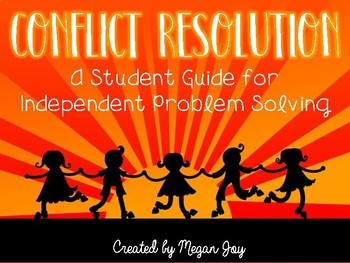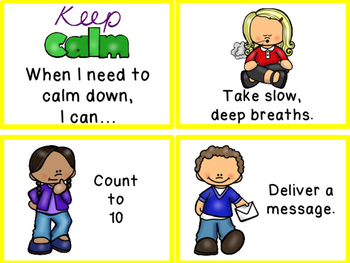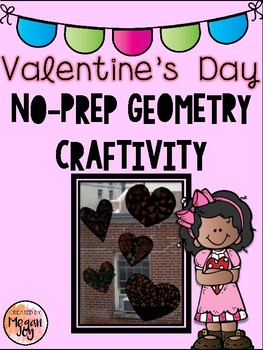Greetings, Teacher Bloglings!
The Montessori peace curriculum emphasizes frequent teaching of grace and courtesy through both structured and impromptu lessons. The classroom can be viewed as a microcosm of society, so it is where children must learn how and why to function peacefully. Some examples of grace and courtesy lessons include how to walk around students who are working, when to interrupt someone and how to do so politely, how to greet classroom visitors, how to make new students or guest teachers feel welcome, how to clean up, how to ask for help, how to agree and disagree, and how to solve arguments. Teachers should model peaceful interactions in addition to teaching them explicitly through lessons, frequent reviews, and role playing/social story opportunities.

Montessori classrooms typically have a peace table or area of the classroom where students can go to take a break and find some quiet in the classroom. It is also where students go to solve conflicts independently when they do not necessitate teacher intervention. You can see part of my classroom's peace table above! We have a little peace bear, a lovely snow globe donated by a student, a peace rock that the students pass back and forth during problem solving conversations, problem solving discussion prompt cards, and the book "Our Peaceful Classroom " by Aline D. Wolf. This book was written by Montessori students around the world; it is a favorite in my classroom year after year!
You can find the Conflict Resolution Prompts at my store:
Because the "Peace Place" can also be used when students need a personal break, it is helpful to have reminders and strategies for keeping calm on hand. These cards are a great tool and easy to keep on a ring for students to reference when needed:
Another book written by Aline D. Wolf that is excellent for teachers in any classroom setting is "Peaceful Children, Peaceful World: The Challenge of Maria Montessori."

February is one of my most favorite teaching months because of all the holidays, and it is the perfect time to really focus on teaching peace in the classroom! To kick off Black History Month, we read Mister and Lady Day: Billie Holiday and the Dog Who Loved Her by Amy Novesky. We discussed the Harlem Renaissance of the 1920s and the contributions of African American musicians and artists. We loved listening to Billie Holiday as background music during work time!

Obviously, I feel a strong connection to Billie as I also have a darling Mister (Mr. Bear)!

For Martin Luther King's birthday in January, we learned about his message as well as the Civil Rights Movement and Jim Crow laws.
Next week, we will continue our learning through the lens of Dr. Seuss' The Sneetches! Click the link or picture for a packet of activities for teaching tolerance and acceptance, including The Sneetches Readers Theater play to tell the story and extension activities that focus on Martin Luther King, Jr. and the importance of equality.
When we do this activity, students act out the story, read the book, and watch the video to compare and contrast the different ways to tell the story.
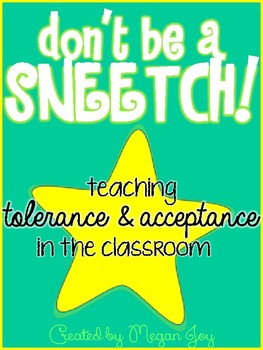
More February Resources for Black History Month:

Black History Month Research Organizers
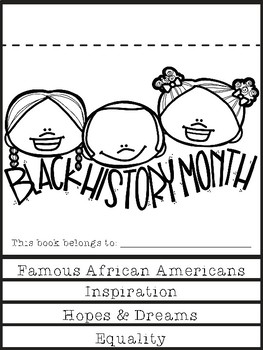
Black History Month Flip Book
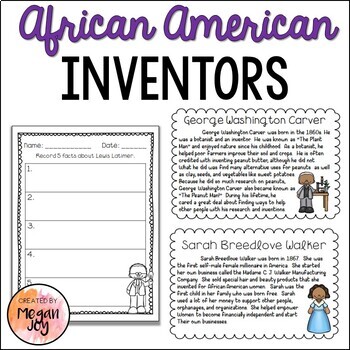
African American Inventors Unit
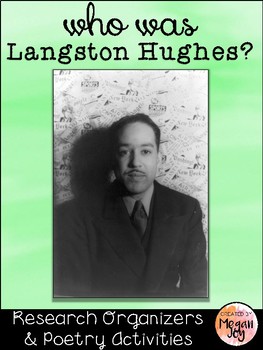
Langston Hughes Poet Study
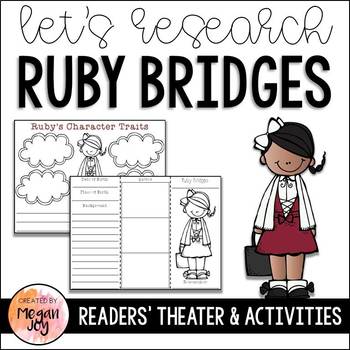
Ruby Bridges Research Packet
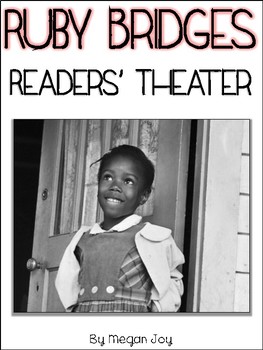
Ruby Bridges Readers' Theater Play
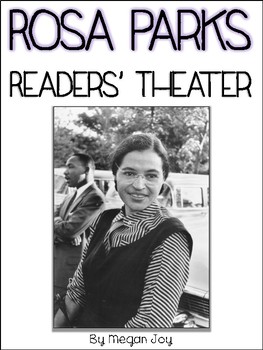
Rosa Parks Readers' Theater Play
And here are some Valentine's Day resources to spread more love!

Valentine's Day Origami

Valentine's Day Pattern Blocks
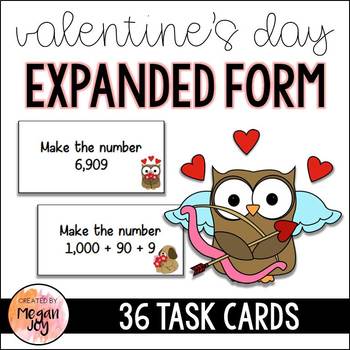
Valentine's Day Extended Form Math Center
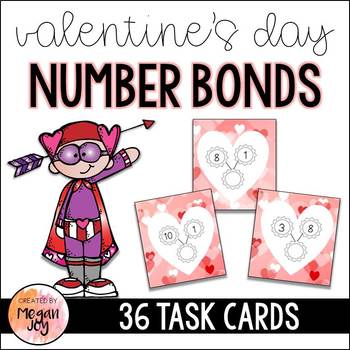
Valentine's Day Number Bonds Math Center

Valentine's Day Writing Center
FREEBIE! Valentine's Day Types of Triangles Geometry Craftivity
This February is EXTRA special because of the Winter Olympics! At my school, we do a Winter Olympics event each year. It's even more fun during an Olympic year! This year's continent study is Asia, so we will learn about PyeongChang, South Korea and South Korean culture in addition to the history of the Olympic Games, winter sports, and sportsmanship.
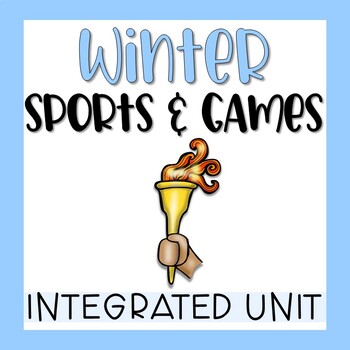
2018 Winter Olympics Unit
Happy February!



